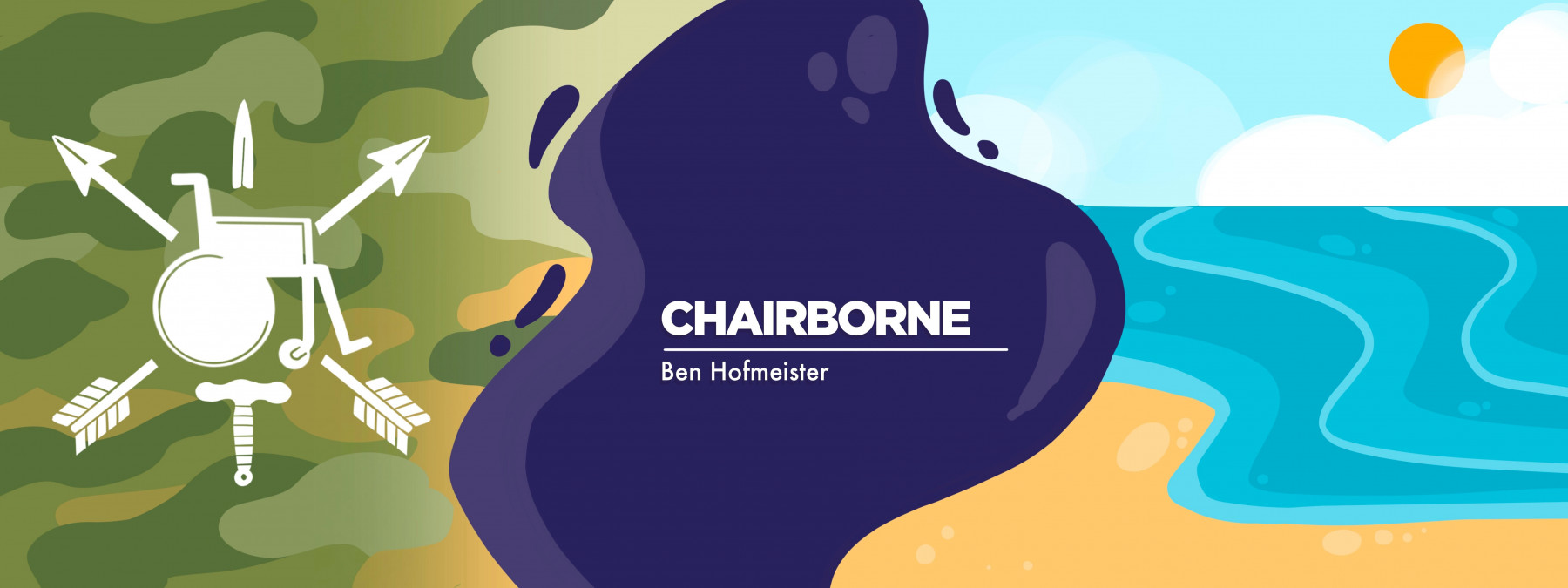How good surveillance can help detect the early signs of MS
Hindsight provides an interesting perspective regarding MS diagnosis

About four years before I was diagnosed with multiple sclerosis (MS), someone else inadvertently “diagnosed” me. This person wasn’t medically trained, probably had no personal knowledge of MS, and didn’t actually use the words “multiple sclerosis.” Still, they gave me one of the best clues in my quest to figure out what was going on with me. Naturally, I didn’t notice at the time.
I’ve written before about the clarity of hindsight when you have a chronic disease, so I won’t belabor the point here. Instead, I want to use my past experience to make another point.
This isn’t going to be a blame game. It’s not anyone’s fault but my own that I wasn’t diagnosed sooner. No one else had a responsibility to make me see the early signs of MS — even when they had unknowingly pointed them out.
This won’t be a cautionary tale, either. While ignoring symptoms like I did definitely is not behavior that anyone should copy, I think there’s a lesson going forward. Please bear with me.
The man who drags his toe
I’ve noted in previous columns that while I was in the Army, I wore a few different hats. While my primary role was being a medic, in the spring of 2010, I found myself taking a surveillance course. Because one of the key details was learning how to avoid being noticed, a countersurveillance team was dispatched. As we kept an eye on our targets, the countersurveillance team kept an eye on us. Every evening, we received notes and pictures detailing every mistake we had made, and the next day, we’d apply the lessons we’d learned.
One day, I was “made” by countersurveillance and was part of that evening’s after-action review. They had seen me twice, but didn’t have clear enough photos of me to say for certain that it was the same person. What had convinced them it was me was the way that “both subjects favor their right leg and often drag the toe of their right shoe.”
The first written record of my foot drop wasn’t part of a healthcare provider’s assessment. Instead, it came from a countersurveillance team member’s notes that identified me by my unique limp.
I still do a little surveillance, but I’m my own target these days. I try to carefully observe, record, and report anything noteworthy to the rest of my team — which is my healthcare team. The subject knows he’s being watched and has been surly and deceptive at times, but he mostly accepts it as routine.
Earlier, I said it wasn’t anyone else’s responsibility to make me take notice of my health. It is my responsibility, and I try to take it seriously. Sometimes I fail, as evidenced by a hospitalization I had last September. That’s why there’s a team, and why I have the additional responsibility of correctly reporting my observations to them.
As a husband, father, and friend, I’m also a part of other people’s healthcare surveillance teams. As such, I feel obligated to report to them what I’ve observed, especially if I notice any signs of multiple sclerosis.
I know that having MS increases my children’s odds of having it by a small percentage. I also know that early detection is important, so they’re under constant surveillance — and will continue to be as long as I’m able to do so.
Having missed the signs before makes them glaringly obvious to me now. When it comes to multiple sclerosis, we can deliver the observations that our friends and loved ones need and deserve.
Put surveillance out on them — and yourself — today.
Note: Multiple Sclerosis News Today is strictly a news and information website about the disease. It does not provide medical advice, diagnosis, or treatment. This content is not intended to be a substitute for professional medical advice, diagnosis, or treatment. Always seek the advice of your physician or other qualified health provider with any questions you may have regarding a medical condition. Never disregard professional medical advice or delay in seeking it because of something you have read on this website. The opinions expressed in this column are not those of Multiple Sclerosis News Today or its parent company, Bionews, and are intended to spark discussion about issues pertaining to multiple sclerosis.








Tom A.
Sorry Ben, but I have to play “Mr. Negative” here: For many reasons, the process of identifying MS in its early stages, when treatments may be most impactful for the long haul, is something that will always happen less often. If one has MS in their family and they know of it, well maybe it can be surveiled. But I believe we (all people involved with MS from those acquiring it, to clinicians), have reached the maximum early optimal identification and action stage that can happen. Even in the early days of the “crab drugs”, treat early was part of the menu, and it never sufficiently caught on. From here on out, about x% of people will become aware and get a head start on treatment, and the remaining x% will always be future “MSr’s”, surprised and caught off guard. We who live and speak MS are a small fraction of the MS population. The rest, if ever, come along late, and naturally so, because of those many reasons which require a dissertation to explain. Of course, my opinion.
Benjamin Hofmeister
Please don't be sorry, I always value your opinion.
Even if that person who noted my foot drop back then had told me that it could be an early sign of MS, I doubt I'd have listened. Instead, I'd have probably said it was the 2 torn ligaments and 1 torn tendon in that ankle that I'm trying to ignore so I can go on the next deployment. Plus, guys like me don't get MS and if we do, we can "gut" our way through it. Hindsight makes me occasionally believe I'd have listened and that knowing earlier would have made a difference. Realism is a little different, but idealism still makes me want to observe those around me and point out those observations.
Thank you, I always enjoy your comments.
Penny-Marie Wright
What is foot drop & what does it look like? Can a person tell it in themselves by the wear in their shoe soles? Thanks, Penny-Marie
Benjamin Hofmeister
Hi Penny-Marie,
The official description is: https://multiplesclerosisnewstoday.com/foot-drop-in-ms/
I first noticed it in my right foot when I would tire on a long run. My toes wouldn't lift and I started wearing down the front part of the sole and eventually the toe cap of my shoe. As it progressed, I started to stumble and trip on runs and eventually while just walking.
I need to find the picture I took of my tracks in the snow on my driveway. I had already been diagnosed and knew about foot drop, but my footprints were so remarkable I stopped and took a picture. The left print was normal, but the right one swung out wide (a common compensation) and made a curving drag mark back to center.